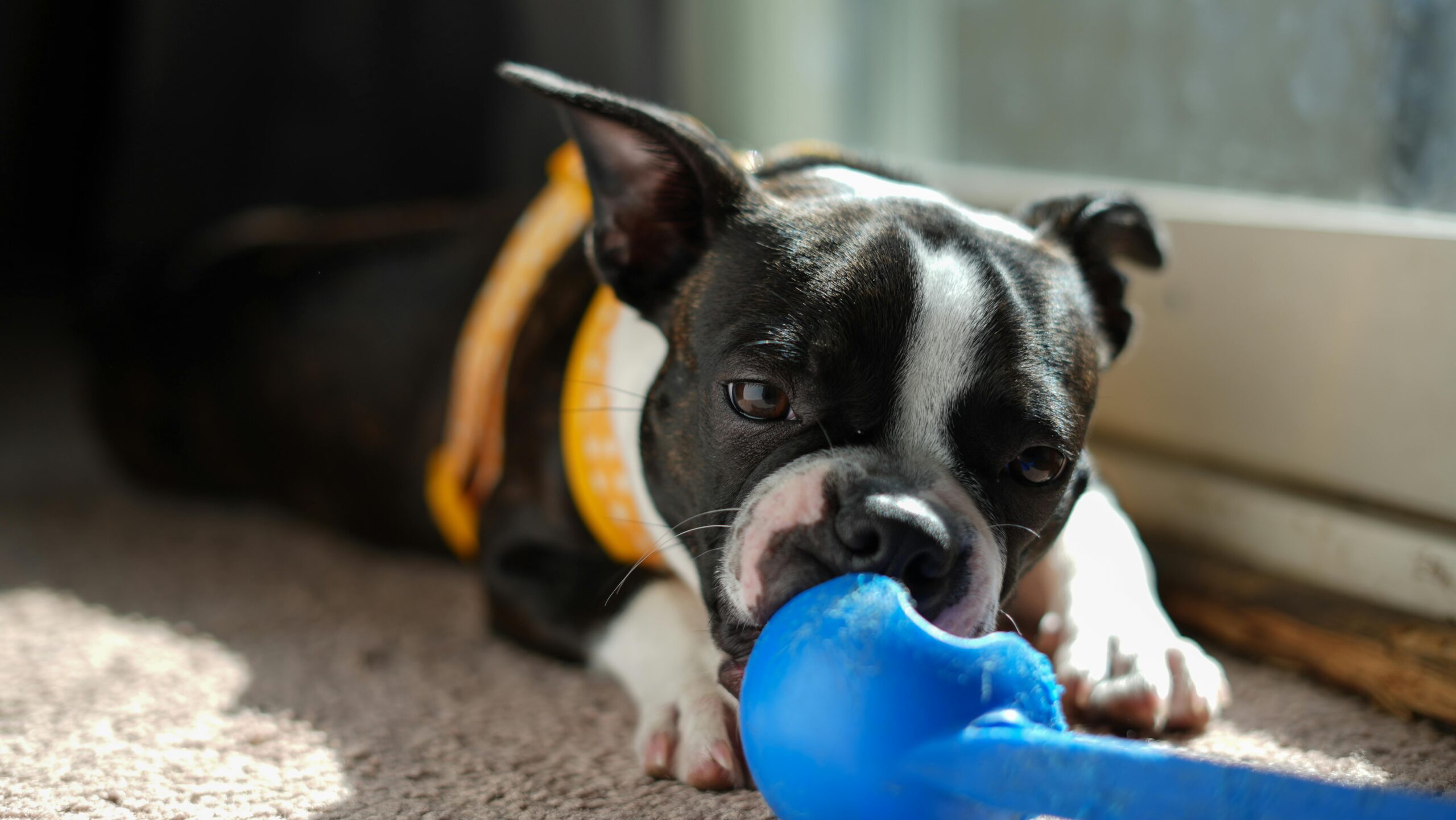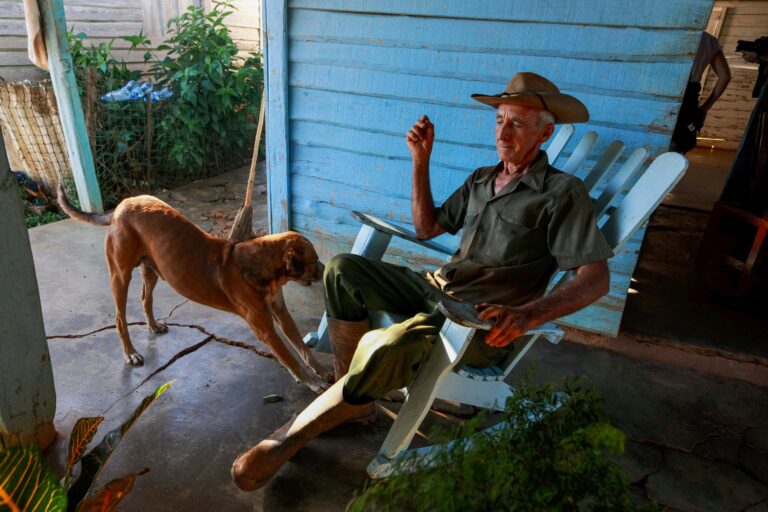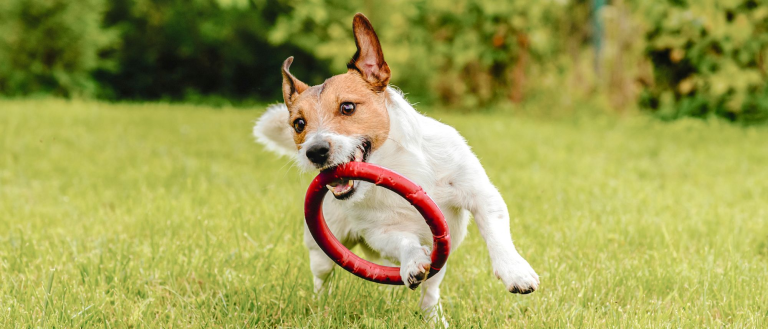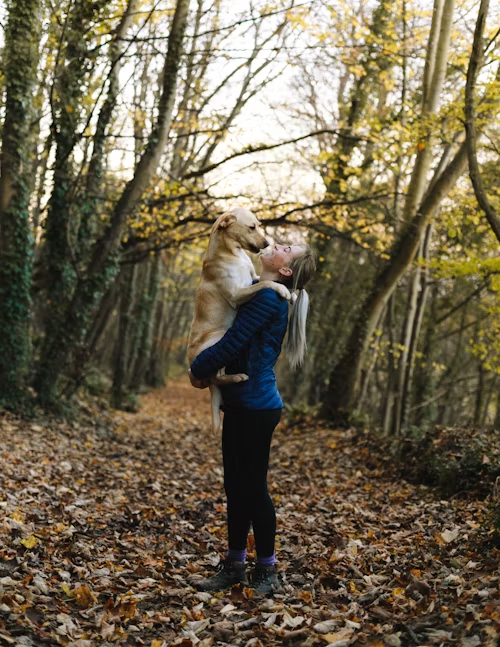How to Introduce a New Dog and Avoid the Chaos
Few things are as exciting as welcoming a new dog into your home. Whether it’s a playful puppy, a rescue, or a second dog joining your current pack, introductions matter. A smooth start helps prevent stress, fights, and confusion. A poor introduction, on the other hand, can lead to lasting tension between dogs or even unsafe behavior.
At Off Leash K9 Training Pittsburgh, we’ve guided countless families through this transition. With the right strategy, you can create a peaceful environment where both new and existing dogs feel comfortable and secure.
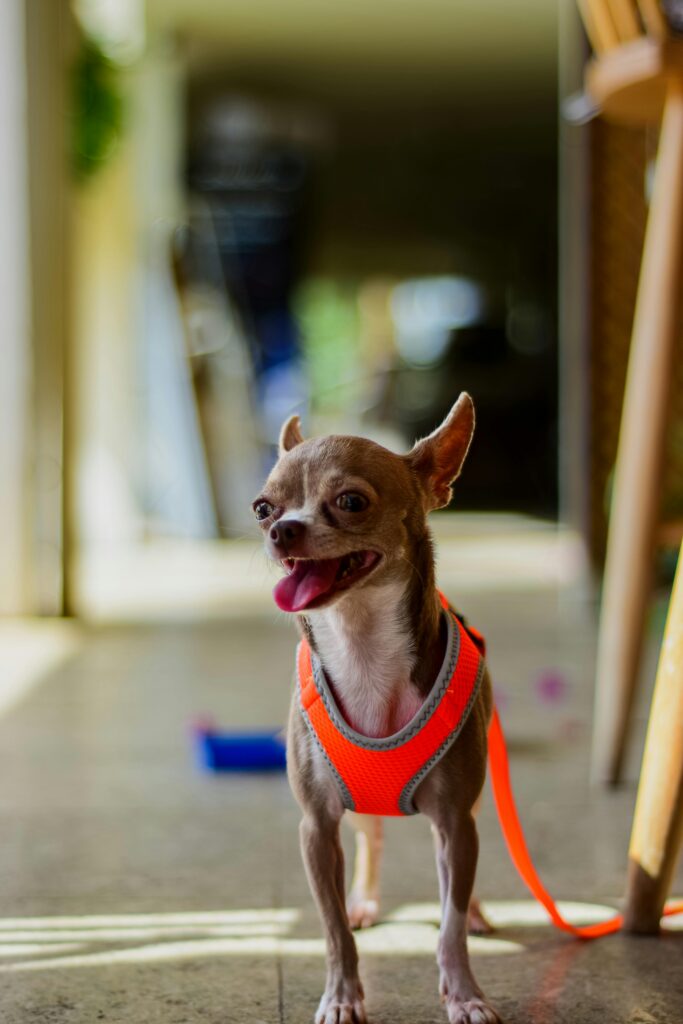
Prepare Before the New Dog Arrives
Setting up your home for success is the first step. Before your new dog walks through the door, make sure you:
- Remove high-value toys, bones, or food bowls that could trigger resource guarding.
- Set up separate crates or resting areas for each dog.
- Decide on house rules (like where dogs are allowed) and make sure the whole family is consistent.
- Stock up on leashes, gates, and treats for safe introductions.
Structure helps new dogs settle in quickly and prevents confusion among current pets.
The First Meeting
The initial introduction sets the tone for the relationship. Always introduce dogs in a neutral area before bringing them inside the home.
- Choose a quiet outdoor location, such as a park or empty field.
- Keep both dogs leashed and under control.
- Walk them parallel at a distance, gradually closing the gap as they remain calm.
- Avoid head-on greetings until both dogs are relaxed.
Once they show comfort walking near each other, allow a brief sniff. Keep leashes loose to avoid adding tension.
Managing the First Few Days of your New Dog
Bringing a new dog home can disrupt your household. To ease the transition:
- Supervise all interactions closely.
- Feed dogs separately to avoid food guarding.
- Allow downtime in crates or separate rooms to prevent overstimulation.
- Stick to structured walks together to build trust and pack bonding.
If your resident dog struggles with distractions or boundaries, our blog on Backyard Safety for Dogs: BBQs, Kids, and Distractions offers insight into maintaining calm control in busy, energetic environments.
Recognize Body Language of your New Dog
Dogs communicate through subtle signals. Learn to recognize when either dog feels stressed:
- Stiff posture or frozen body
- Raised hackles
- Excessive lip licking or yawning
- Avoidance or hiding
Step in early with redirection before stress escalates into conflict. Reward relaxed, polite behavior to reinforce positive interactions.
Avoid Common Mistakes
- Forcing interactions: Let dogs adjust at their own pace.
- Leaving them unsupervised too soon: Always supervise until trust is established.
- Overloading with visitors: Keep the environment calm during the adjustment period.
- Neglecting your resident dog: Make sure your current dog still gets one-on-one time with you.
Structured Training for Both Dogs
Introducing a new dog is the perfect time to reinforce obedience with both pets. Commands like Sit, Place, and Heel create structure, while recall ensures safety during play.
Our Basic & Advanced Obedience Program helps new and existing dogs learn consistency under the same training system, reducing tension and improving communication.
For more insight into this process, the AKC offers a detailed guide on introducing dogs that aligns with our proven training strategies.
The Long-Term Payoff
With patience, structure, and consistent training, your dogs can become not just housemates, but companions. Proper introductions pave the way for a calm, happy, and safe household where everyone thrives.
Thinking about adding a new dog to your family? Contact us today through our contact page and let us guide you through obedience and introductions that set your pack up for success.

